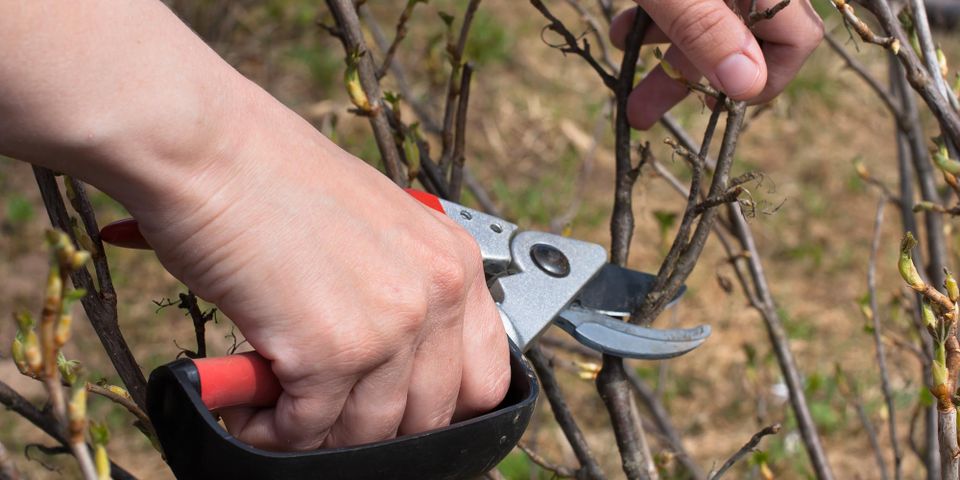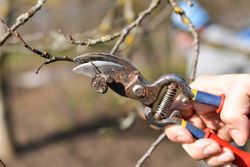
Shrubs can add some much-needed greenery and variety to your landscaping, but without proper care, they can easily become an overgrown eyesore. Shrub trimming is one of the best ways to keep your plants healthy and looking great. Here are a few shrub trimming guidelines to follow to help your plant.
What Is the Right Technique?
 There are two primary cuts used for shrub trimming — thinning cuts and heading cuts. Thinning cuts are used to eliminate dead or diseased branches. These cuts should remove the full branch and be made as close to where the branch stems off from another. They halt the spread of disease and improve conditions for the interior branches.
There are two primary cuts used for shrub trimming — thinning cuts and heading cuts. Thinning cuts are used to eliminate dead or diseased branches. These cuts should remove the full branch and be made as close to where the branch stems off from another. They halt the spread of disease and improve conditions for the interior branches.
Heading cuts are typically performed on younger shrubs and are meant to improve growth by encouraging the development of side branches. These cuts are made above healthy buds on branches, which then leads to the growth of additional branches.
When Should You Trim?
Proper timing is key for encouraging healthy shrub growth. Dead and diseased branches should be removed as soon as possible to halt the spread of disease. However, pruning should be done in dry conditions to keep other diseases from getting into the vulnerable cuts.
For routine shaping and maintenance, early spring is the best time for broad-leaved evergreens, while other evergreen shrubs should be trimmed in the early summer. Time trimming for the season when the most growth begins to ensure the best looking results.
From shrub trimming to weekly lawn maintenance, you can count on Lawn Impressions in Warren County, OH, to keep your property looking its best. This family-operated landscaping company provides year-round services, so you can get great results without lifting a finger. To learn more about what their licensed team can do for you, visit them online, or call (937) 748-9431 to request a free estimate.
About the Business
Have a question? Ask the experts!
Send your question

